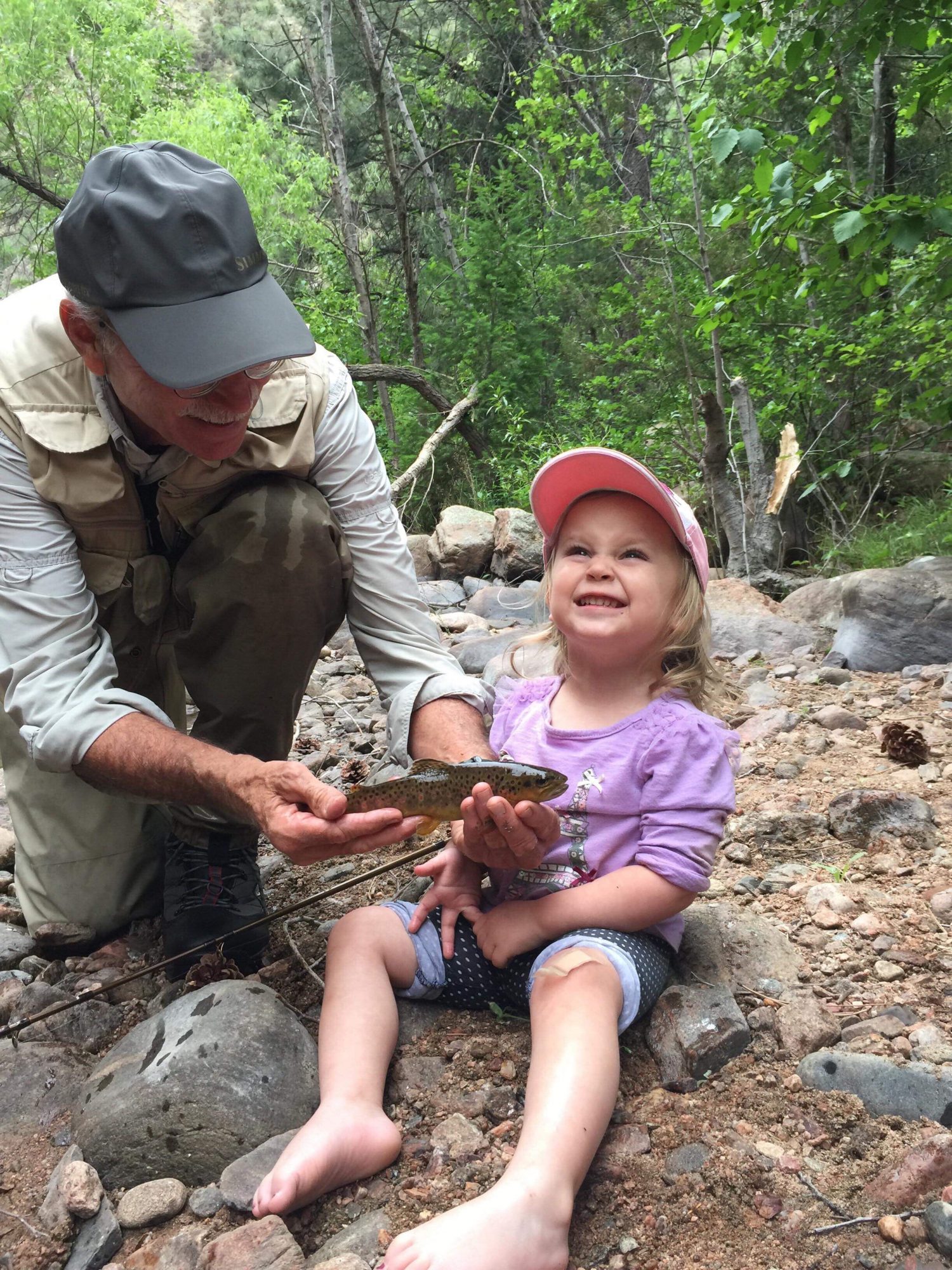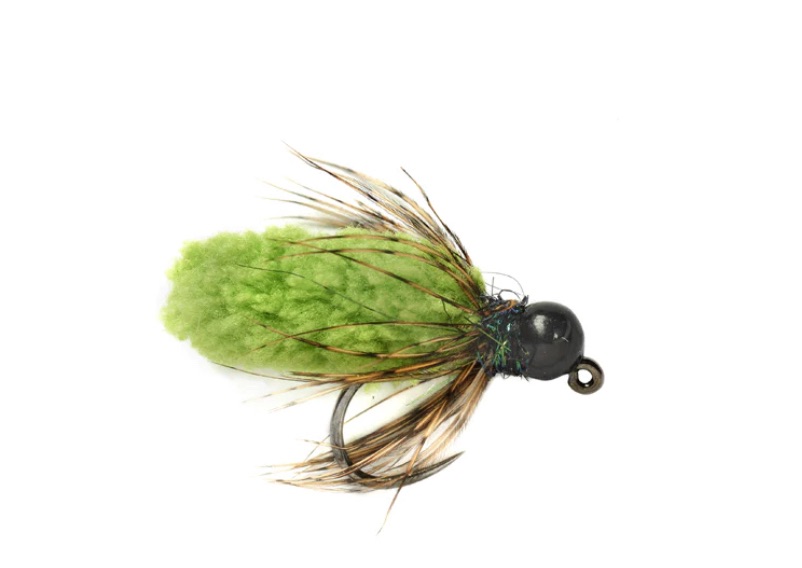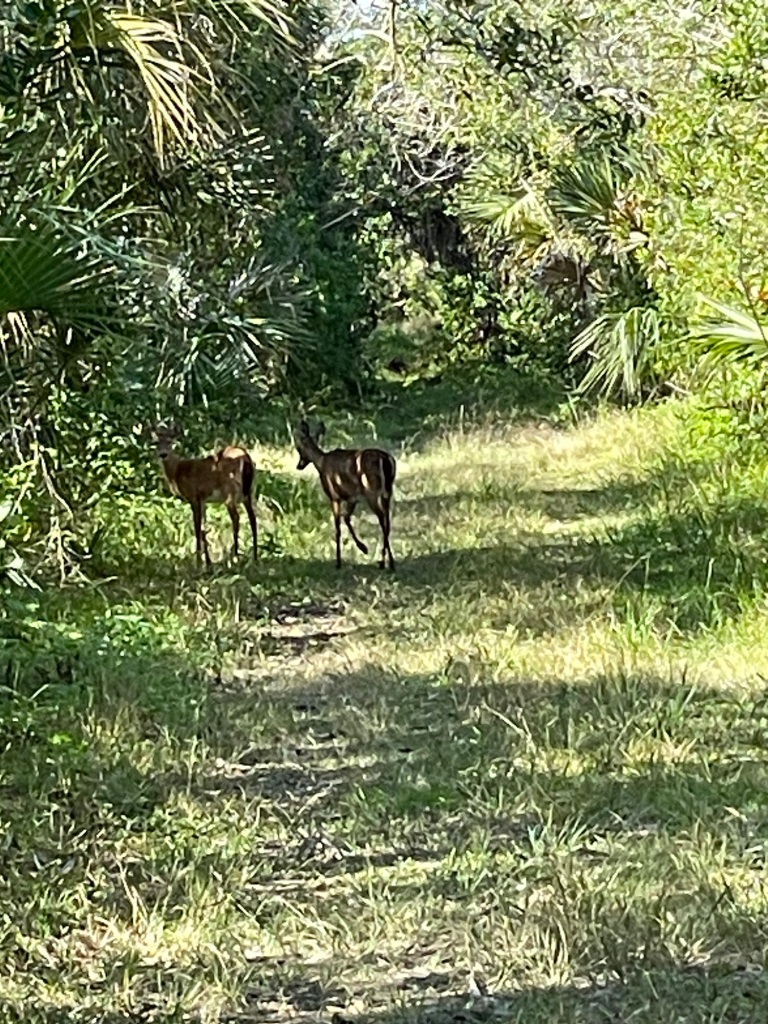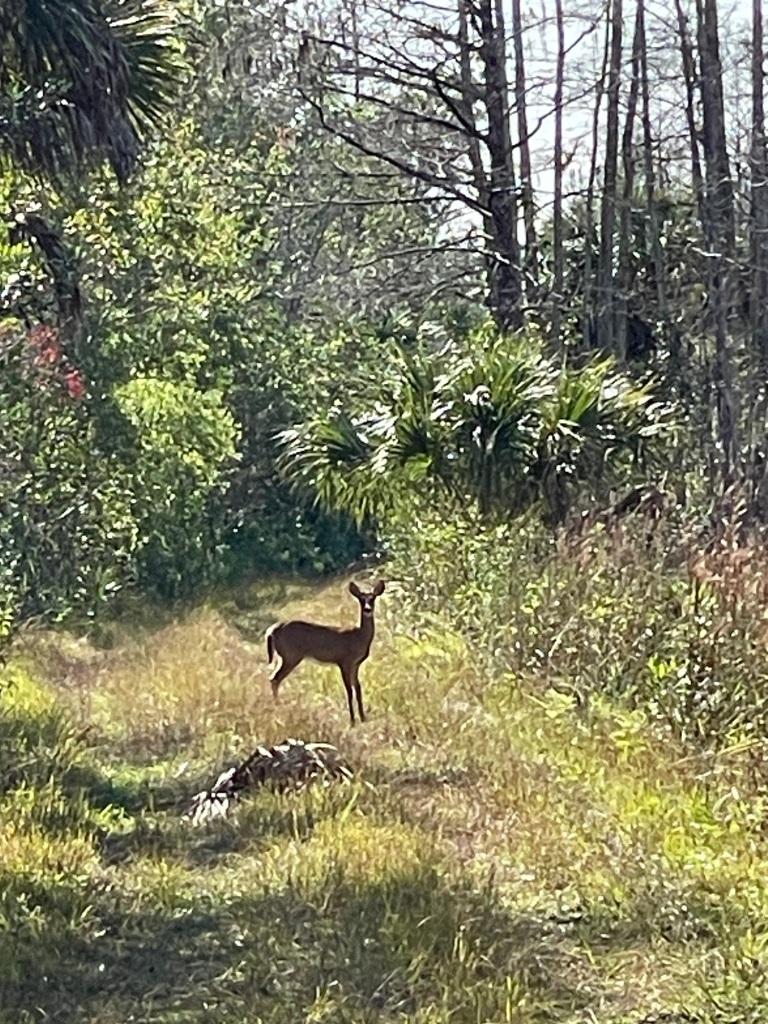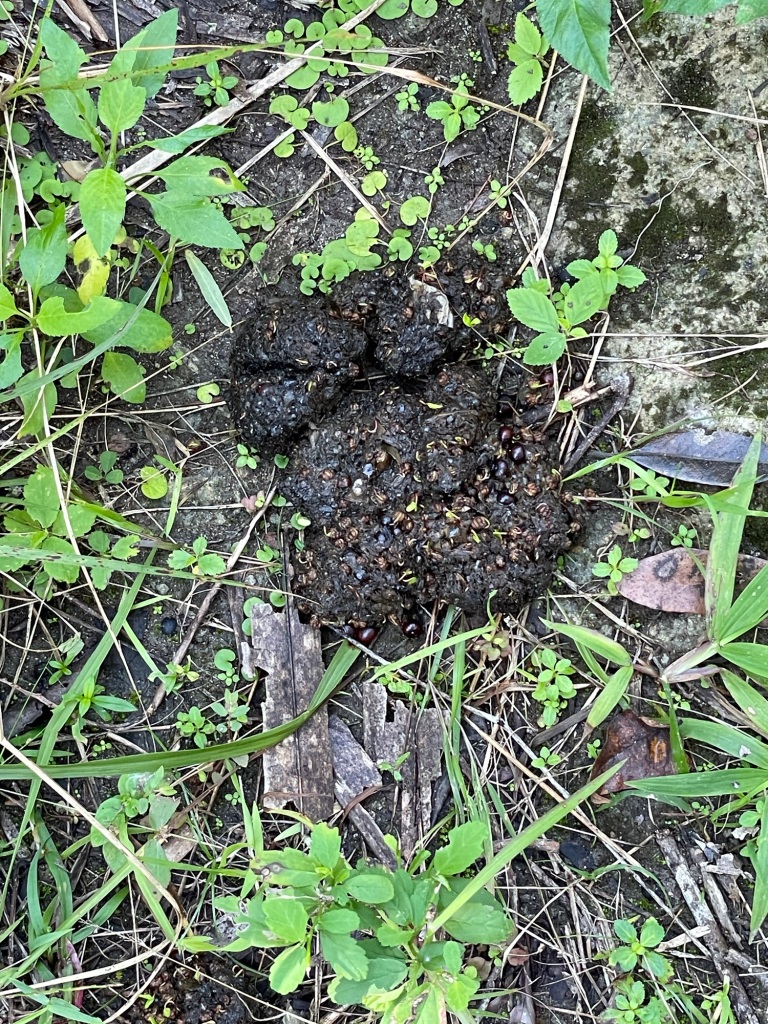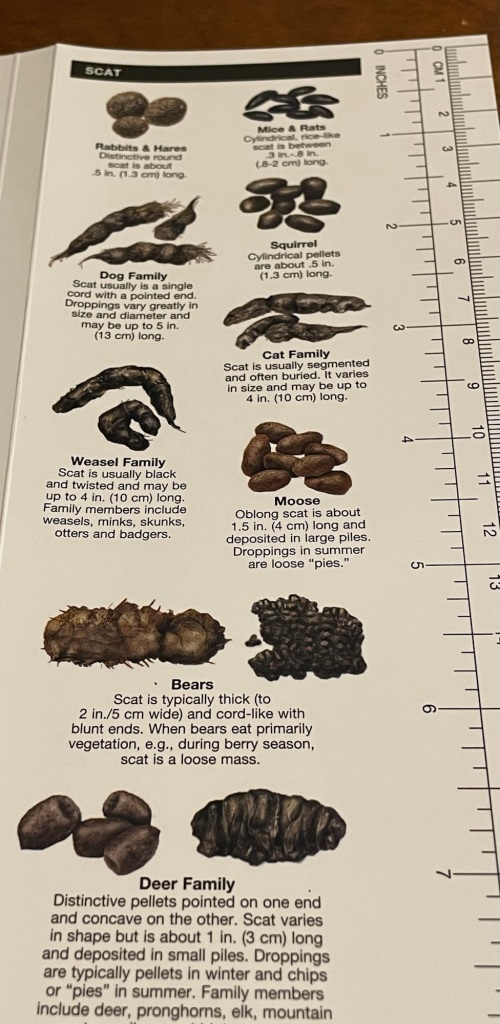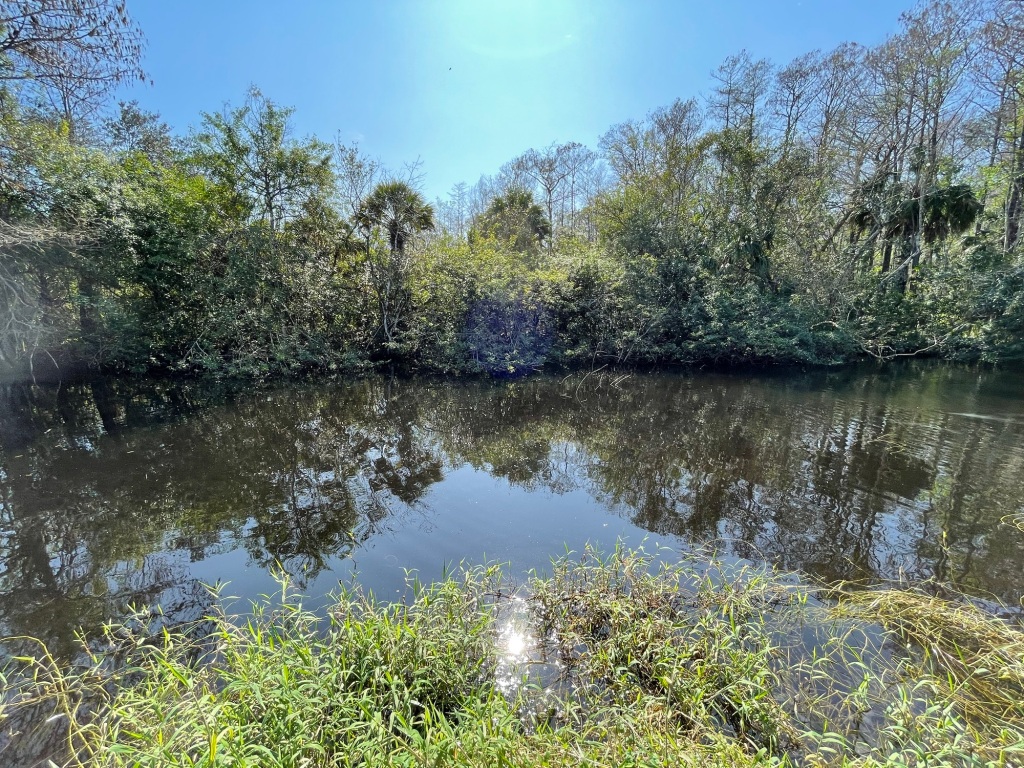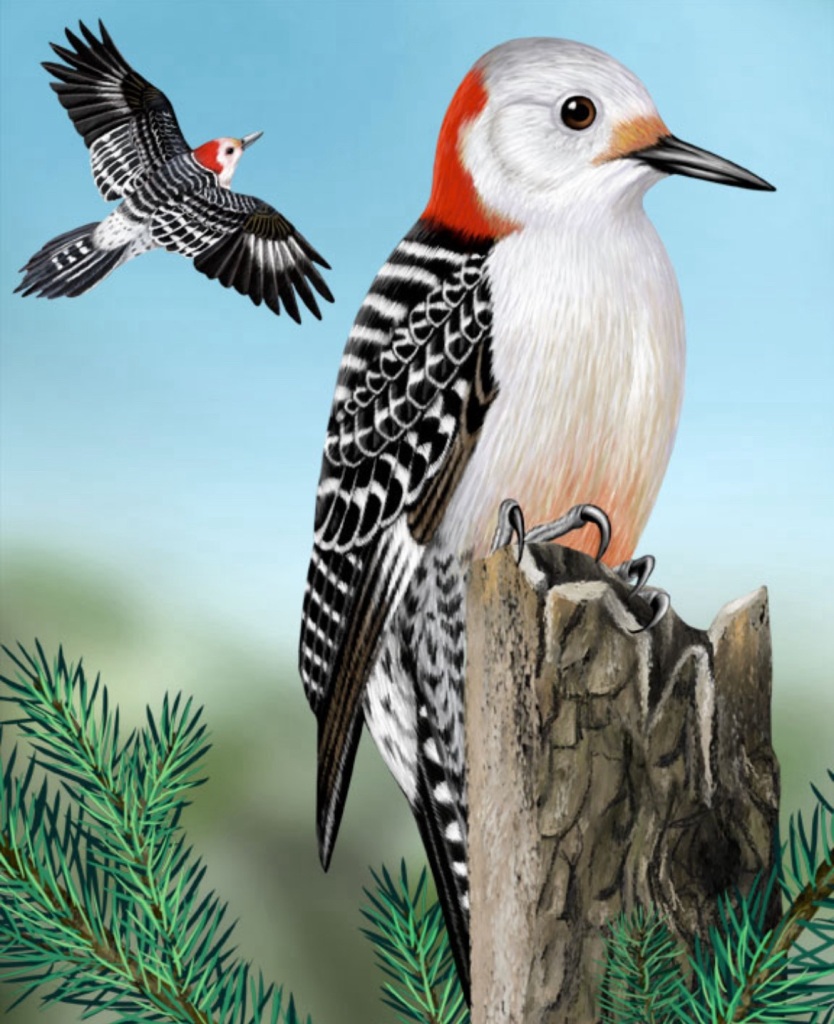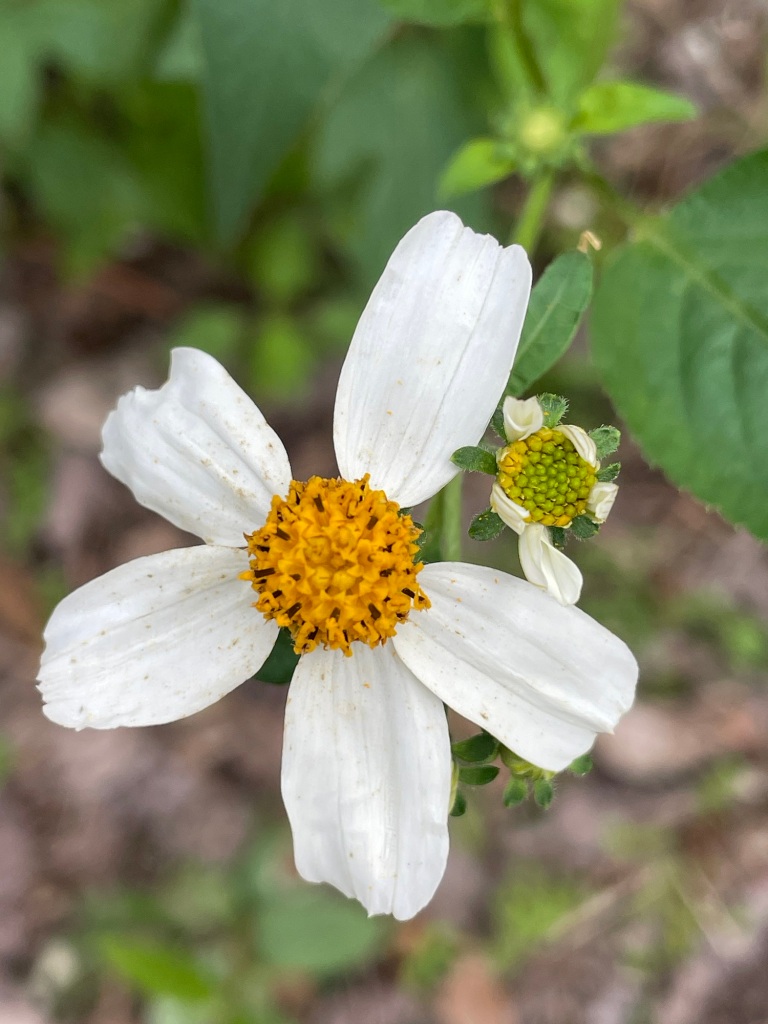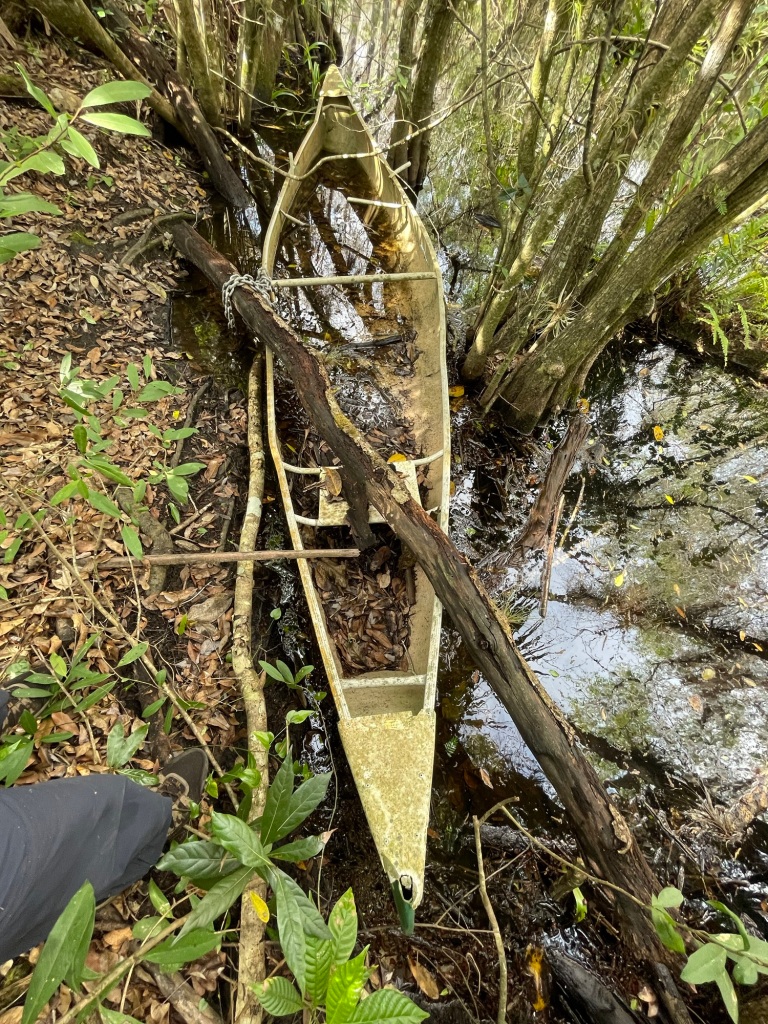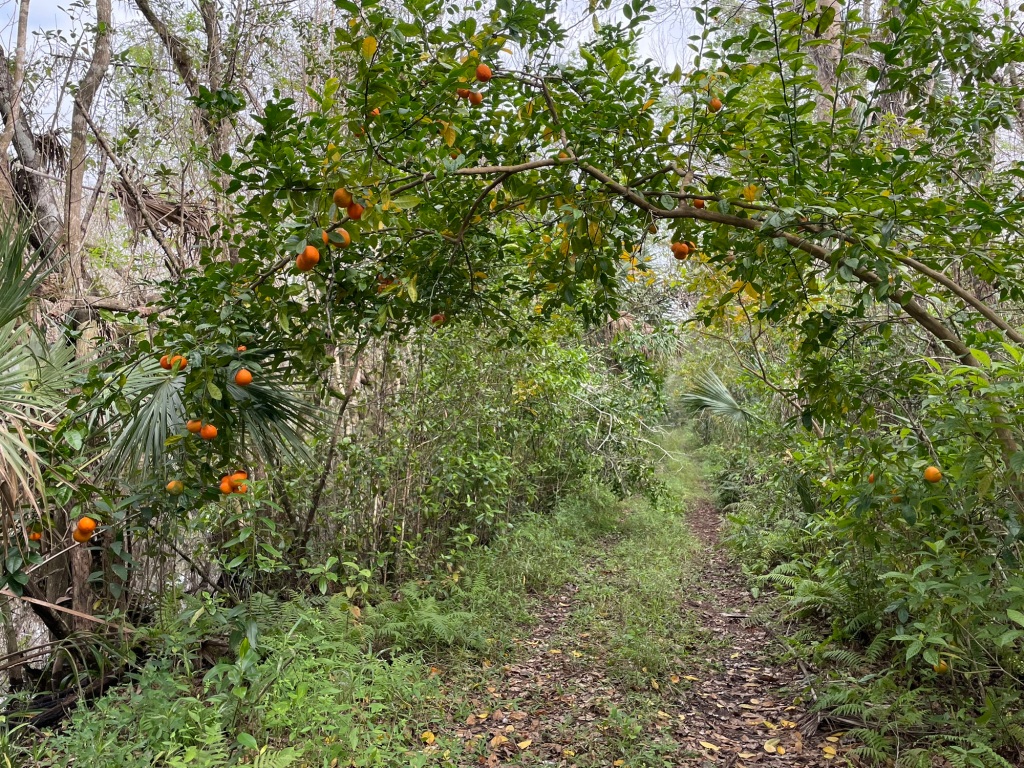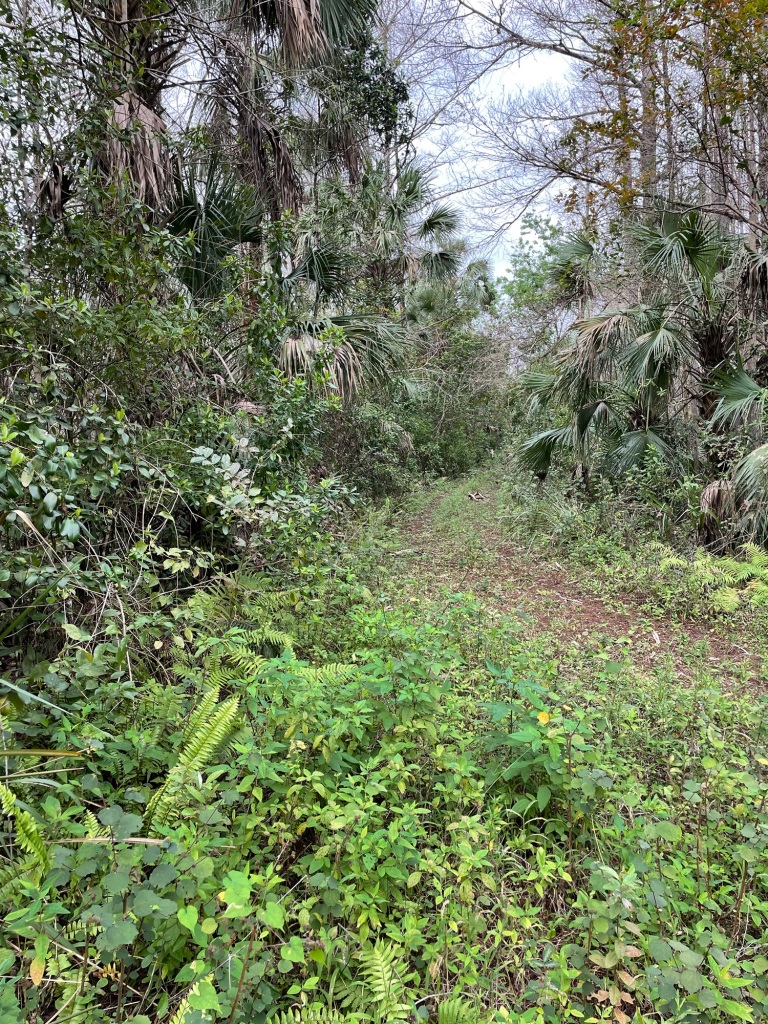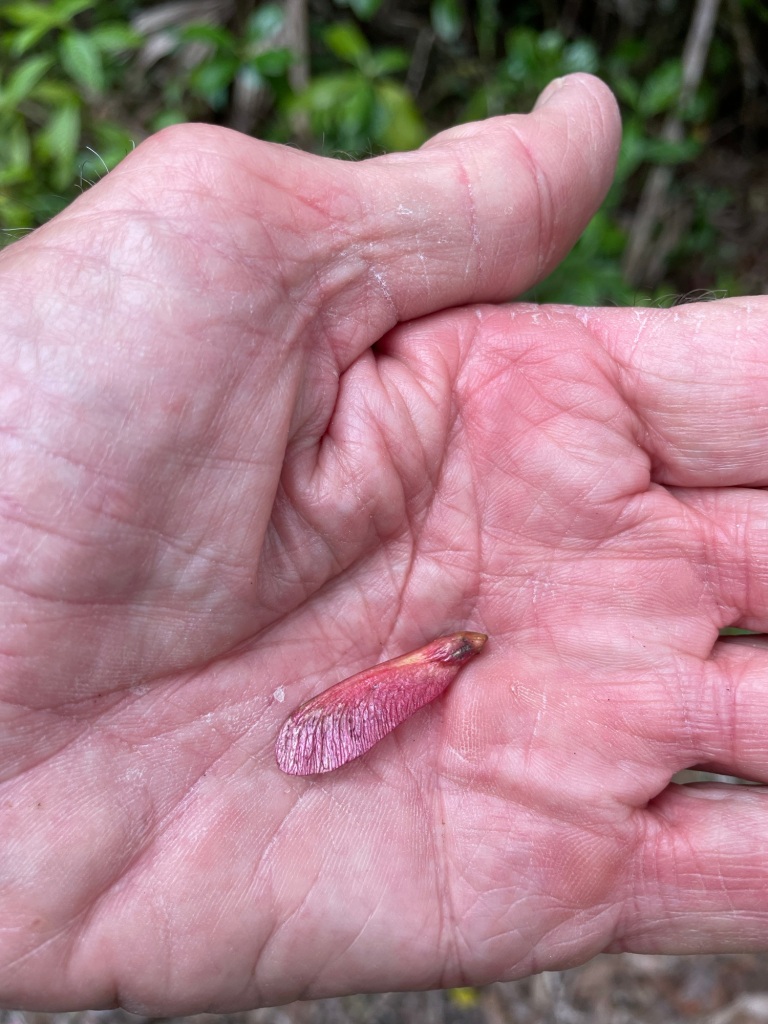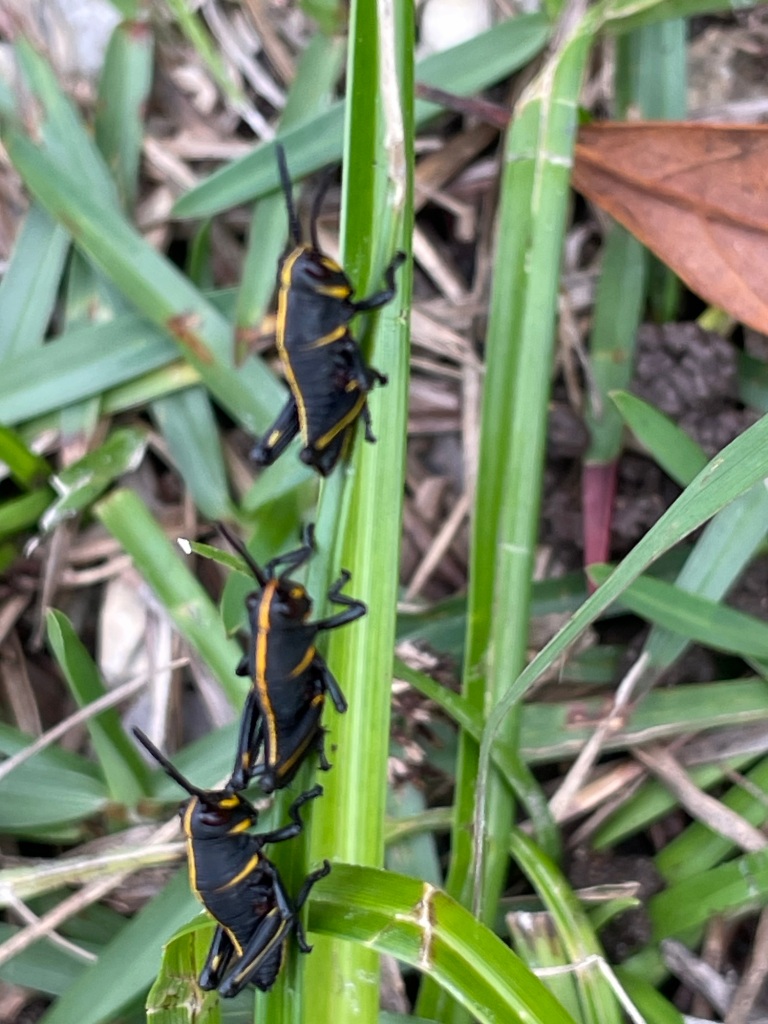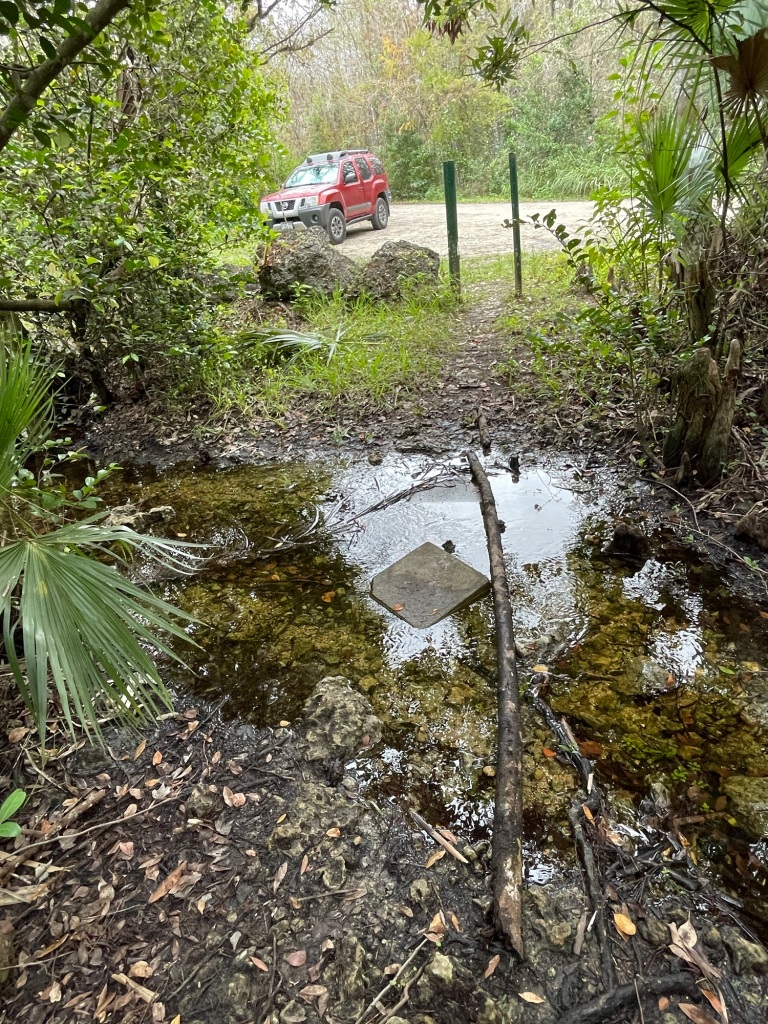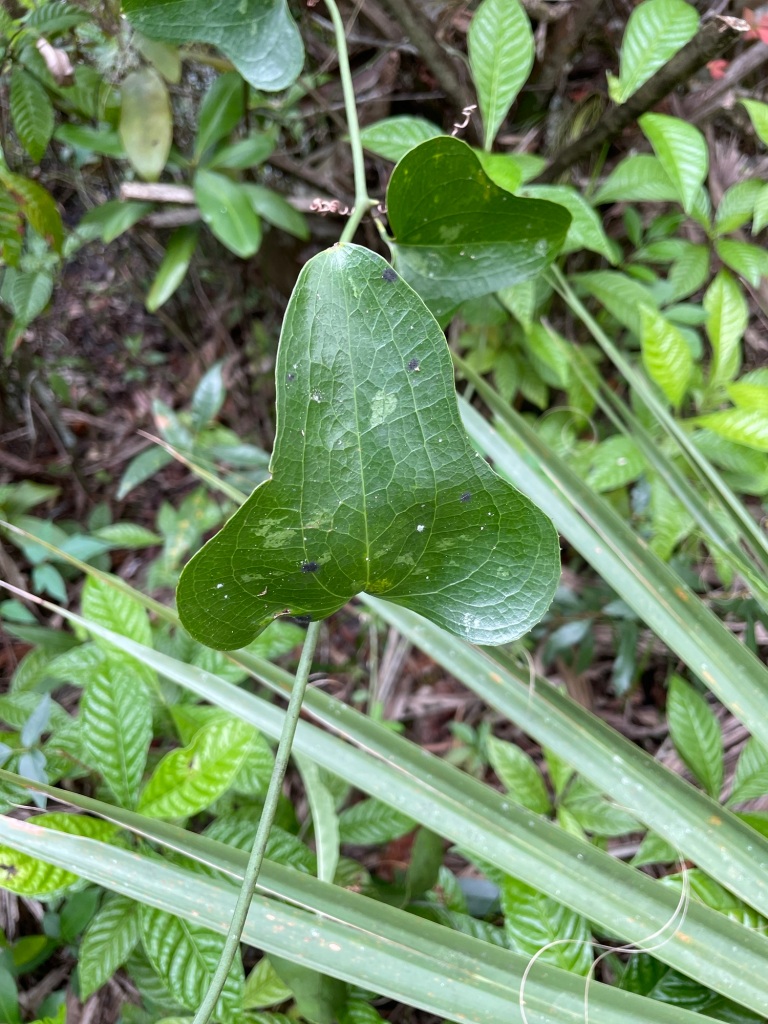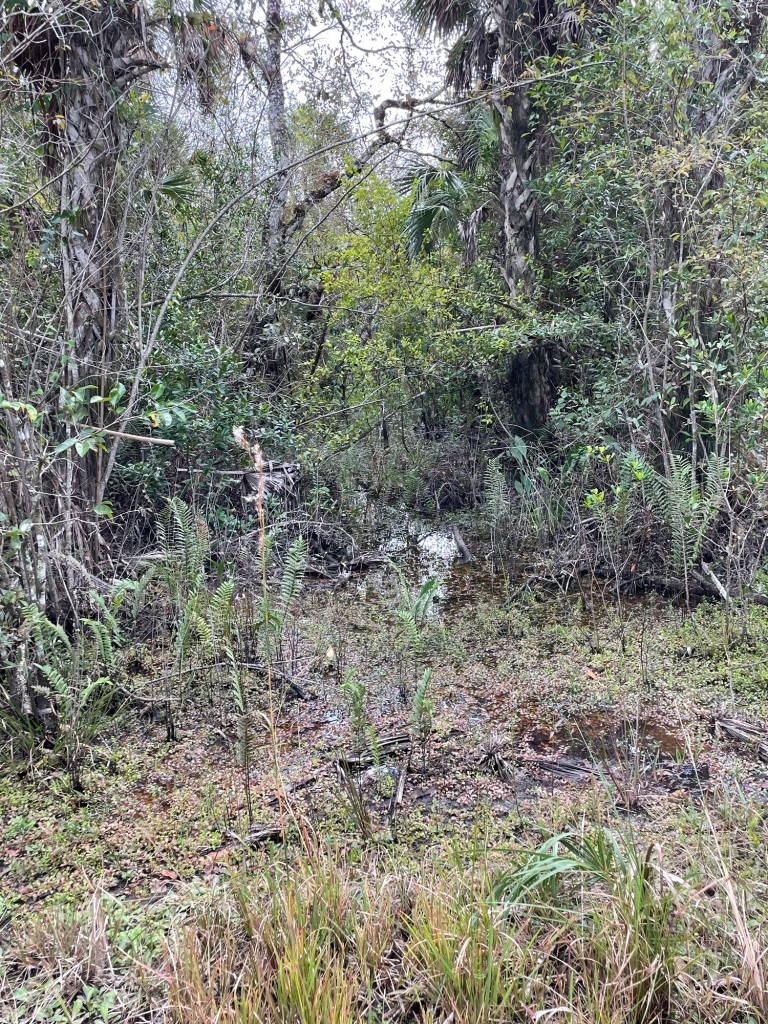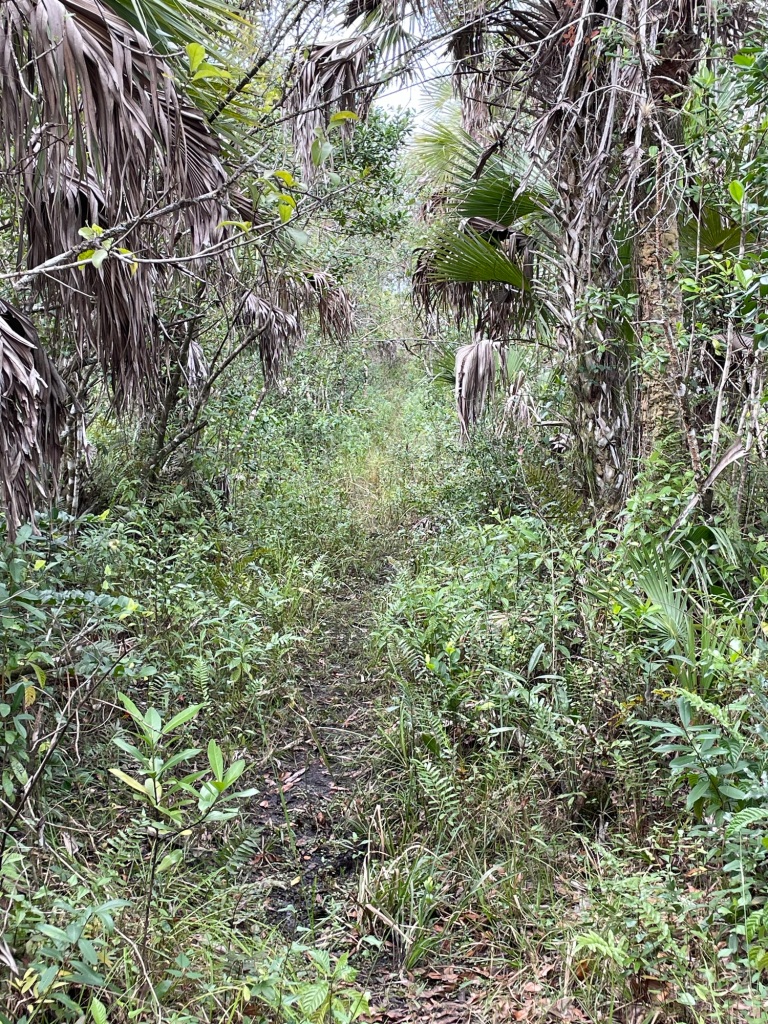February 2024
It was early January 2023 and I was just back from Christmas in Denver with my little sweetheart granddaughter Aly. A nice farewell snowstorm reminded me why I am now a confirmed snowbird.
But it only took me a few days of 80-degree temperatures to thaw out, and I was itching to hit the water. My chosen inaugural 2023 trip was kayaking on the Barron River, the namesake of the famous Barron Collier, founder of Everglades City. The tidal river skirts the northern edge of the small town, running out of the Everglades wilderness into the Ten Thousand Islands, a chain of islands and mangrove islets just off the coast. That first trip was a sweet one!!
THE SWEET
I launched early from below the bridge at the town’s entryway, but 30 minutes after fighting a strong falling tide and scoring nary a fish, the odor of skunk was wafting in the air. With a stiff upper lip, I continued pedaling upstream and rounded a bend in the river so I could work a deep channel that opened up into a lagoon where I had scored before. And no sooner did my gold curlytail lure hit the water than something smacked it hard. I saw a flash of silver and thought “SNOOK.” The fight was on, my rod bending double. The fish made a hard run then erupted out of the water in a spectacular jump. But it wasn’t a snook, but a high-stepping ladyfish!!
Now many of my angler friends would be bummed out by this turn of events, but not me. What’s not to like about these sleek beauties? For starters, they are close cousins to one of the most revered gamefish, the much larger tarpon, known as silver kings, which can grow to five feet in these waters. They have big, forked tails like the tarpon and no teeth to bite you when you release them, unlike females of certain other species. Ladyfish are also feisty fighters like tarpon and incredible jumpers as well. I have had them vault clear over my kayak in a spectacular aerial display on several occasions! To cap things off, they eagerly eat artificial lures. An hour later, after luring dozens of the finned creatures, no wonder I had reaffirmed my reputation as an accomplished ladies’ man!! For the lubricious story of this romance, see: https://hooknfly.com/2023/01/15/ladys-man-bares-intimate-secrets-on-barron-river/
A few weeks later, my friend from Georgia, Steve Keeble, came to town. He’s the quintessential fishing buddy, an amiable, low-key, and knowledgeable gent who’s a pleasure to spend a day with on the water. I am happy to share secret spots and techniques with him as I know I will learn from him new angling tricks and the location of what he calls chicken holes where the fish flourish. The term “chicken holes” apparently comes from the practice of good ole southern boys to chuck a dead chicken carcass into a deep spot in a river to lure unsuspecting fish for easy pickings. On our first day out, I took him to one of my hidden spots with the more civilized name of a honey hole, the headwaters of a remote narrow creek far up in the Everglades backcountry. There under my sagacious tutelage, and displaying some impressive angling skills, Steve managed to hook and land a massive 33-inch mama snook in tight quarters fringed by menacing mangrove roots.
Later in the year in Colorado, he exhibited his piscatorial prowess by catching ten beautiful brown trout out of a single pool in one of my favorite mountain streams. I was particularly impressed with his crawling ability in reaching my favorite chicken holes!


I was lucky in 2023 to hook up with a couple of new fishing chums, both veritable youngsters (defined by this septuagenarian as anyone under 55). My new neighbor on Chokoloskee Island close to Everglades, Mark Mitchell, is a wealth of knowledge and energy when it comes to fishing the far-flung reaches of the Everglades Waterway that stretches 99 miles from Everglades City all the way to Flamingo. Later in the year he would lead me to a spot where I fooled my largest snook of 2023—a 33-inch beauty.


On the freshwater front, my new buddy is Tom Palka who lives near me in Salida, Colorado, where I spend the summer in the Colorado mountains. He has an insatiable curiosity and energy that is invigorating to everyone around him and a keen eye for assessing new waters like a hidden access trail to a remote section of my home water in Colorado, Saguache Creek.
Family time on the water was another highlight of 2023. During their annual spring trip to Florida to visit me, I took my son Matthew and Aly kayak/canoe fishing on a freshwater lake near Everglades City. Matthew caught a boatload of largemouth bass and Mayan Cichlids while Aly fooled a monster Oscar then brought it in all by herself.
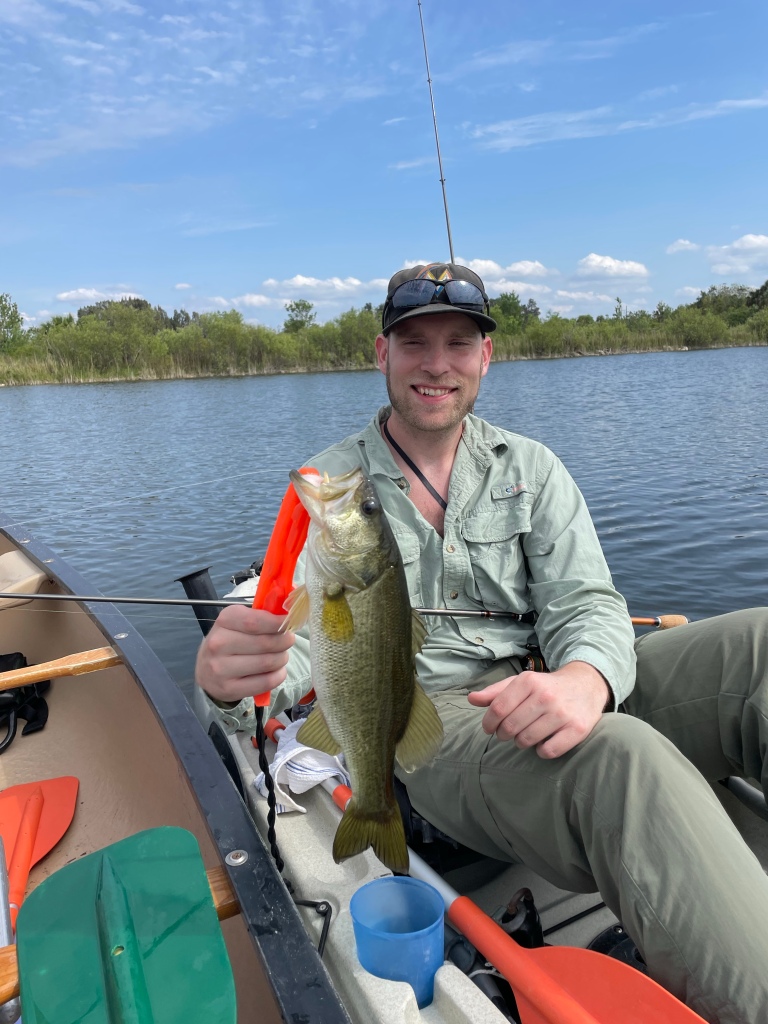

Scads of graceful birds including herons, egrets, osprey, and black vultures plus some curious gators made for an interesting ecotour. A few months later Matthew’s good friend Blaine and his family spent a weekend with us at my mountain cabin. I had the enjoyable assignment of teaching Blaine how to fly cast on the South Arkansas River, one of my favorite mountain streams. Not only was he a perspicacious student, but proceeded to catch a respectable brown trout on what was his maiden fly fishing trip. What a treat to watch him make that perfect cast, manage a good float, and fool that fish that glinted gold in the sun as I swept it up in the net.
New waters are also a treat to explore, and 2023 was a banner year in that regard. I was able to score a freshwater slam on two tributaries of La Jara Creek–Torsido and Jim Creeks–not far from Antonito, Colorado. After several false starts in 2022, I finally located Torsido Creek, finding it hiding coyly between two ridges far off the beaten path above where in flowed into La Jara Creek. There I had a ball catching dozens of beautiful brookies and several flamboyantly colored tiger trout.


A few days later I survived a bone-rattling 4WD two-track rocky road that led to Jim Creek, where native and rare Rio Grande cutthroats reputedly thrived. The rumors were true, and I had a ball catching and releasing many cutts, including some tackle-busting brutes that pushed 15-inches.
Hats off to Trout Unlimited and its partner organizations for bringing this stream back from near oblivion with a host of rehabilitation tricks like bottomless culverts. Articles on both will be coming out in American Fly Fishing in 2024.
I was excited to revisit another water that had treated me kindly on one of my first trout fishing trips over 50 years ago. I am happy to report fishing is as good if not better today. I managed a grand slam of brookies, cutthroat, browns, and rainbows on the three branches of Clear Creek, not to mention a 19-inch plus monster rainbow that I managed to land on a wisp of a wand.
On the saltwater side, I had a beautiful day exploring around a little-known island in the Florida Keys—Shell Key Preserve and bird sanctuary. Carefully surrounded by no-combustion motor zones and with special steps to protect sea grasses, Shell Key shared its bounty with me and Steve Keeble. Being a confirmed Cuda Buddha, I had a blast catching dozens of barracuda while Steve had multiple shots at tarpon and caught some mangrove snapper before he relented and joined the cuda caper. See the following for the full story: https://hooknfly.com/2023/09/24/lignumvitae-and-shell-keys-no-motor-zone-fishing-magic-in-the-florida-keys/
One of the most satisfying endeavors of 2023 was expanding my horizons and writing articles that focused on terra firma, several hiking trails in the Fakahatchee Strand Preserve State Park, the largest in Florida. A critical piece of Everglades habitat located near Everglades City, the reserve offers a range of fascinating habitats from slough swamps, pine hammocks, bald cypress stands, to marl prairie. Did I mention a half dozen freshwater lakes loaded with truculent largemouth and peacock bass? These habitats provide shelter for two endangered species, the Florida Panther and tiny Florida Mink as well as rare orchids and other exotic plants not to mention bear, deer, myriad birds, and, of course, alligators. These articles garnered almost 3,000 views, hopefully helping more people appreciate and enjoy this fascinating and unique place. For my articles on hiking and fishing the Fakahatchee Strand from Florida Sportsman, see: https://hooknfly.com/2023/07/31/a-hidden-gem-fakahatchee-strand-state-preserve-park-florida/ ; https://hooknfly.com/2024/01/26/hiking-in-the-fakahatchee-strand-preserve-dont-overlook-the-jones-grade-trail/ ; https://hooknfly.com/2023/01/26/hiking-the-fab-four-trails-of-the-fakahatchee-strand-preserve-state-park-2-the-east-main/ .
Overall, the numbers of readers stayed at peak levels with over 40,000 visitors. The most popular article was one I wrote back in 2020 entitled “The Best Fishing Books of All Time” which garnered 3,400 views. If you Google “best fishing books” it pops up near the top of the list of sources to explore. It does my heart good that people still read books, especially of the angling variety. On the trout fishing side a trio of articles on exploring the Conejos River in southern Colorado logged over 4,000 views, and the favorite saltwater article was one on kayak and wade fishing around the popular Bahia Honda State Park in the Florida Keys
No 2023 retrospective of sweet spots would be complete without noting my great joy and satisfaction in watching my partner in angling escapades, Jody Bol, reach new heights with her photographic skills. At times risking injury to get the perfect shot (like clambering on top of my SUV along Jim Creek), Jody managed to bring my stories to life with stunning photos.
In that light, I forgive her for double crossing me by shooting a scene of me falling butt first into a hole in a beaver dam, a photo that made the Parting Shots photo on the inside back cover of a national flyfishing magazine that shall remain nameless as I plot my revenge against Ms. Bol and the editor of that august publication.
I was also particularly gratified that I had three articles published in popular fishing magazines. Florida Sportsman carried my pieces on fishing on the tidal rivers and freshwater lakes of the Fakahatchee Strand Preserve mentioned above, and American Fly Fishing featured an article on chasing trout on the remote La Garita and Carnero Creeks in the San Juan Mountains of Colorado. 2024 got off to a good start with a tale in American Fly Fishing about my adventure chasing wild trout on Noontootla Creek in northern Georgia, a new trout fishing locale for me.
THE SOUR
2023 was a terrific year from an angling perspective. And while I am usually a Pangloss Pescador, not all was rosy. Early in the year a January cold wave in Florida with temperatures dipping into the 30s killed thousands of fish plus a few manatees and even gators. Most of the deceased were invasive Mayan Cichlids and Oscars which are a blast to catch, but even some snook and tarpon fell victim.
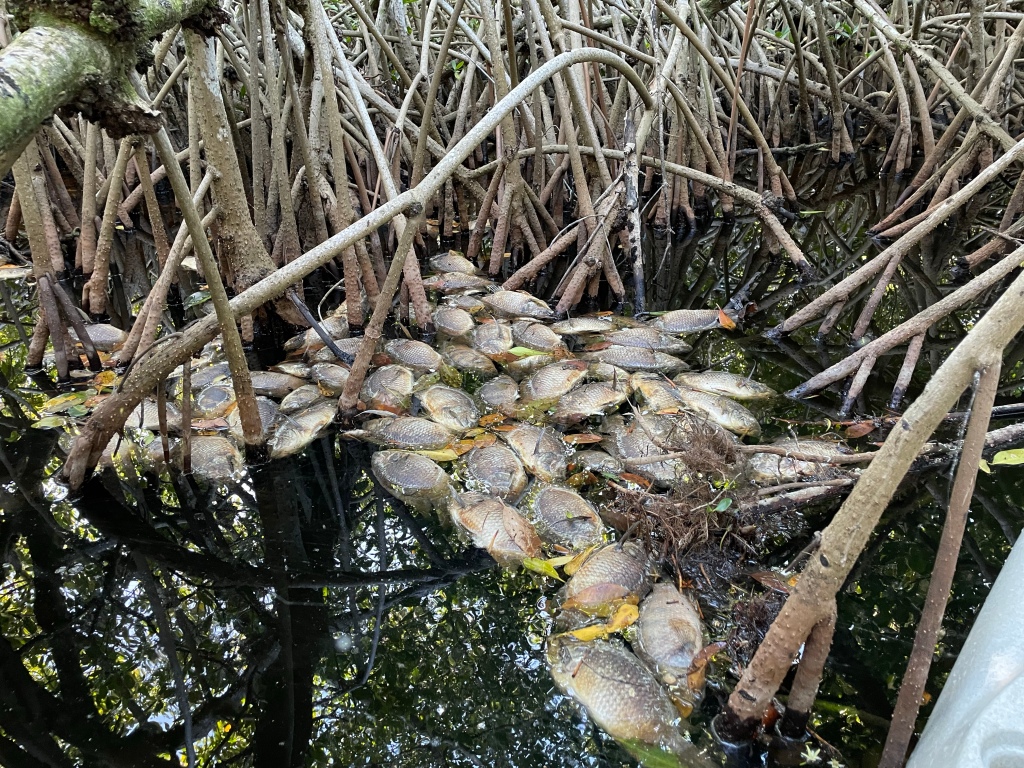

The chilly temperatures put fishing into the deep freeze for several weeks as well as my moods. On the bright side, this experience with plummeting temperatures led me to dig deep into the question of what water temperatures my favorite finned quarry prefer and what cold water readings they flee. The silver lining to these climatological vicissitudes is that Florida Sportsman will be publishing the results of my research in an article in early 2024.
I had another good reason to be crabby in 2023, notably when the prop of my little Gheenoe motor boat that I rely on to explore the far-flung Everglades backcountry was snarled up in a sunken crap trap anchor rope. The trap had no marker buoy as required, likely the work (or lack thereof) by an amateur crabber who did not check his cage often as he should have or had abandoned it. The result was a Gordian Knot that had me leaning over the stern of the boat hacking away at the thick rope with a knife while simultaneously filling the sky blue with expletives.
Things went more smoothly for the next few months until I ran into a real mystery on one of my favorite high-country trout streams, Chavez Creek. In preparation for my Florida fishing buddy Bob Wayne’s annual fishing trip to Colorado, I made a special trip to make sure Chavez was up to snuff. I found the brook and brown trout famished plus some hungry lunker brownies in several deep bend pools in the serpentine meadow section of this beautiful stream.



A few weeks later, I confidently guided Bob to the best stretches. On the lower section where the valley narrows and beaver have created some beautiful small ponds, Mr. Wayne had his way with the willing brook trout who seemed to fight over his fly on every cast.
That, I thought, would be just a prelude to a grand finale in the upstream meadow stretch where the brown trout ruled. Think again. We saw nary a fish there, let alone coaxed any rises. What had happened to the big boys and girls was a mystery. After flailing the water for almost an hour we flew the white flag. Was it the cattle that had appeared on the scene as part of an early fall roundup since my last trip that were the culprits? Certainly, they had damaged the creek in some reaches, but hard to believe they had driven all the fish away. Did some poacher get out a seine and do his dirty work?? We are still scratching our bald pates over this mystery. I hasten to add that on the morose trip back home we decided to fish little Archuleta Creek, and it saved the day. We both fooled some nice rainbows up to 15-inches, preserving our sterling angling reputations.


The final sour note of the year came when I did my annual migration back to Florida. When I arrived in November, my buddies were singing the blues about the big drought gripping the region during the summer and early fall “wet” season that was putting the quietus on decent fishing for snook, tarpon, and redfish. But as soon as I arrived at the start of the normal “dry” season, the heavens let loose. Continuing waves of rain, cold weather, and blustery winds made fishing a real conundrum, even for Everglades old timers and guides. An active and powerful El Nino was widely blamed for the contrary weather. Luckily I was able to find fish on most of my trips by kayaking into tidal creeks that most motor boats could not reach or using my Gheenoe that can run in six inches of water to get far from the madding crowds. However, on one day-long trip with buddy Mark Mitchell on Halfway Creek, an old reliable favorite of mine, we got a measly six strikes and landed only three fish—one snook and two Mayan Cichlids. Yikes!!
THE SURPRISING
Surprisingly, I had also run into a surfeit of water back in Colorado during the summer. In May and early June, normally dry Colorado got lots of rain and by the time I got there my favorite streams were all blown out. Not to worry, I consulted with the wizards of gnaws and their beaver ponds. Most sane fly anglers take to pitching big streamers in these conditions and avoid beaver ponds like the plague given the touch of insanity it takes to tackle these often maddening waters. One must be ready to do a high-wire act on the beaver dam, slosh through knee-deep muck, and execute perfect casts to avoid the clutching branches of surrounding trees and bushes to have any chance at success. In other words, one must be a tad daft. But that didn’t stop me, and I wracked up a string of excellent days on hidden ponds near my cabin in the Colorado high country, netting several brown trout in excess of 16-inches, veritable leviathans. But in the process, I got my waders nearly scared off me. Here’s what happened.
I hacked my way into the creek below one of my favorite beaver ponds, up the hill on the far slope, then descended along a game trail to the pond. I came to a nice firm sandbar and noticed quite a few elk tracks where the beasts apparently came down for a drink. Then I froze. A couple of feet in front of me were the fresh tracks of a mountain lion. The few remaining hairs on my head stood at attention.
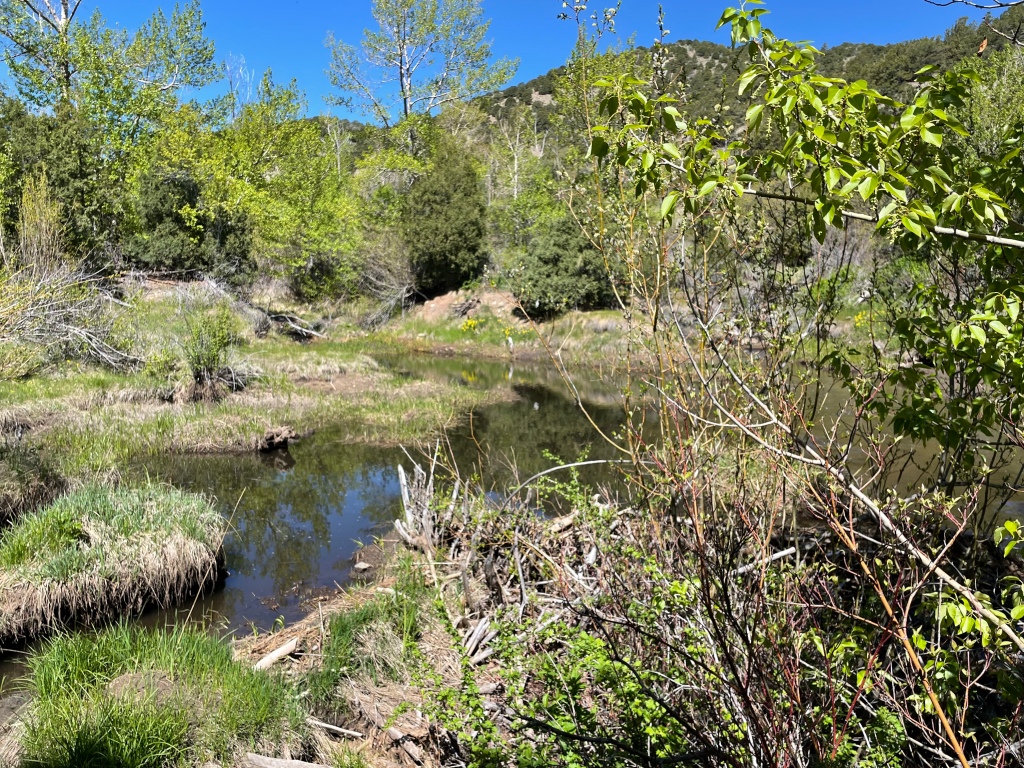

With my heart pounding, I scanned the surrounding thicket for any sign of the cat. Not seeing anything I then backed carefully out of the water and picked my way cautiously back up the slope till I came to a clearing where I could get a better view of the surrounding landscape. Seeing nothing after several minutes, I then beat a hasty retreat to my SUV. Luckily, I can report that I had good luck at a string of beaver ponds about a mile up the road, but it was a reminder that I wasn’t the only predator on this stream. I was also gratified to see that as the summer proceeded the movement to protect and even emulate beaver ponds throughout the West was gaining momentum. Based on scientific research, it is becoming clear how important beaver ponds are to recharging local aquifers, protecting water quality, and providing important habitat for fish, particularly on smaller streams. An excellent book entitled Eager Beavers Matter by Ben Goldfarb makes for a good read for any fly fisher between angling trips. For more on my beaver pond peregrinations, see: https://hooknfly.com/2023/06/08/solving-the-runoff-riddle-off-to-see-the-wizards-of-gnaws/
My next surprise in the summer, one much more pleasant, was the phenomenal recovery of Grape Creek, a tributary of the Arkansas River, near Westcliffe, Colorado. Two monumental floods about five years earlier had scoured this favorite trout stream of mine of all fish and fish food. Before the floods I would routinely catch dozens of fish on every outing into the rugged canyon through which the creek flows—mainly browns, some over 18-inches, plus some nice feisty rainbows. On my first trip after the floods, I couldn’t find a caddis larva anywhere and came up skunked! So, I waited a couple of years before trying again. Boy, am I glad I did. The browns were back in numbers, including one that went over 18 inches, and they were joined by scads of rambunctious rainbows in the 10-to-13 inch range. But where had those rainbows come from? Maybe migrated down from DeWeese Reservoir upstream where they are stocked? Or natural recovery like the brownies? With a little digging I found out the renaissance was due to a smart, methodical restocking program of 8-10 inch fish throughout the river for miles below the reservoir by the fine, hardworking crew at Colorado Parks and Wildlife. They told me the browns can usually recover on their own after a flooding disaster, but the rainbows need a little help. As a result, the fishing in Grape Creek is as good if not better than before. For the full story of Grape Creek’s comeback, see: https://hooknfly.com/2023/08/28/grape-creek-the-curious-case-of-the-rambunctious-rainbow-resurgence/
And talking about rainbow trout, the nearly 20-inch Brobdingnagian specimen I caught in little Clear Creek was noted above was definitely a surprise of the best kind!
On the medical and health side of things, I was surprised to learn I had contracted the deadly mangrove madness disease. Fortunately, I was able to find the cure—the drug was the tugs….on fish on my line.
I did have to chuckle that some of my readers were hoodwinked for a few minutes before they realized I was pulling their legs. For the full story on this medical emergency, see: https://hooknfly.com/2023/12/16/emergency-health-warning-issued-for-sw-florida-saltwater-anglers/
Perhaps the biggest surprise of all in 2023 was being introduced by Mr. Keeble to the non-descript Mop Fly that he employed to embarrass and outfish me decisively on his home water, the Tuckasegee River in the Great Smokey Mountains. Never has such an ordinary looking and frankly uninspiring looking concoction produced such a bountiful catch for him while I nursed a skunk. After being subjected to his withering and relentless taunts, I finally relented and joined the fish parade. I will be using this secret weapon on western trout this summer.
I must mention, however, I schooled Mr. Keeble the next day on nearby Deep Creek by introducing him to the Two-Bit Hooker, a renowned fly from the Mountain West.
Lastly, and perhaps my most satisfying surprise was catching a 14-inch rare native Rio Grande Cutthroat in the headwaters of Carnero Creek in southern Colorado. To fool this beauty required me casting blindly around a bend in the tiny creek which up that high was small enough to jump across with ease. I heard a splash and set the hook, then had to take off running to keep up with the big boy before bringing him to the net for a quick photo and release.
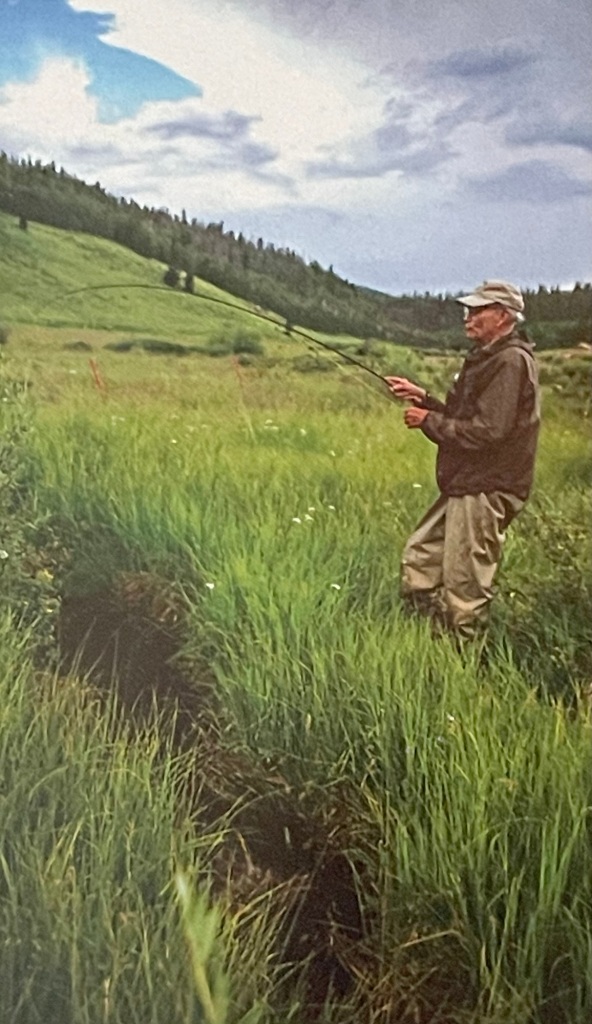

For my adventures on Carnero and LaGarita Creek, see: https://hooknfly.com/2023/09/14/into-the-wilds-exploring-la-garita-and-carnero-creeks-in-s-colorado/
So here’s to an remarkable and sometimes a tad frustrating 2023, the sweet, the sour, and the surprising. Wouldn’t have missed it for the world!!
